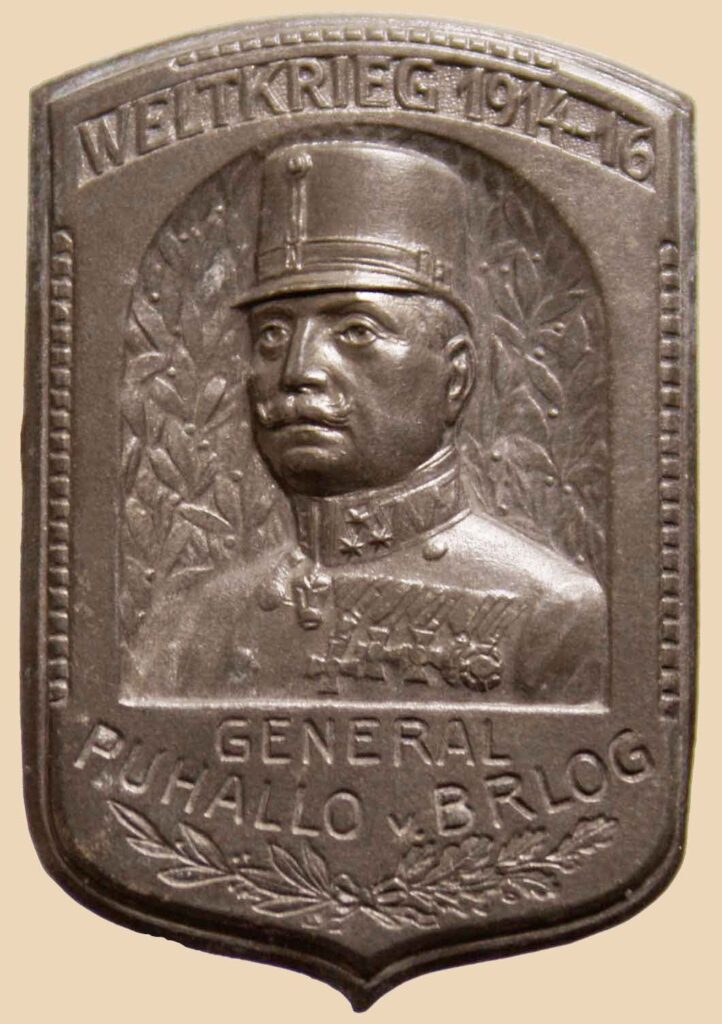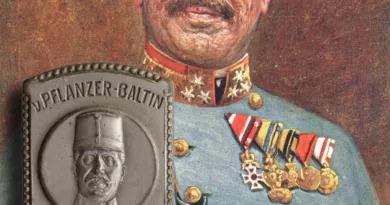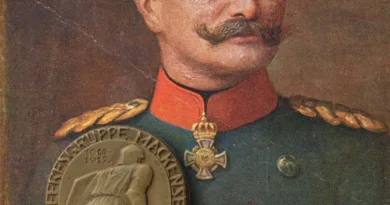Paul Puhallo von Brlog
Army general of Croatian descent. He was born in 1856 in the village of Brlog near the once border guard area. According to the custom of the age, he studied in military schools, in “zögerei”. He completed his military technical training by graduating from the Technical Military Academy in Vienna in 1877, and then took an advanced artillery course there. He served as a troops officer until 1882 and was then transferred to the General Staff. From 1892 he became Chief of Staff of the 3rd Division. In 1898 he was transferred to the military academy as a colonel with educational duties. From 1902 he served again in the General Staff. From 1906, as general, he was appointed commander of the KuK Kriegsschule, the Monarchy’s most important staff training institution. From 1910 he was a division commander and from 1912 a corps commander. In 1913 he was promoted to general of the artillery.
In 1914 he was commander of the 5th Corps. His corps was sent to the Russian front as part of the 1st Army. His corps took part in the battles around Ivangorod and the Nida River, and then in the winter Carpathian Battle, as part of the 3rd Army. In May, he took command of the 3rd Army. His troops took part in the Gorlice breakthrough and the follow up of Russian troops to the Bug River. During the 1916 Brussilov offensive, he was commander of the 1st Army. The 1st Army suffered heavy losses and had to be withdrawn for reorganization. Colonel Puhallo von Brlog was then placed in reserve. He was not activated until the end of the war.

After the Great War he became a citizen of the Kingdom of Serbia-Croatia-Slovenia. Because of his monarchical military past, he was not valued in the successor state. He moved to Vienna, where he lived with the support of his former comrades. He died in 1926. His former officers arranged for his burial in Linz.
The badge is part of a series of military leaders of the Arkansas company. For three-star generals and field marshals the company’s offering was almost complete. Only those were missing who had already lost their leadership position in 1916 when badge business started to boom. Such was the case, for example, with general Potiorek, who designed and led the first Serbian offensive that shamefully failed. Puhallo von Brlog became disgraced in August 1916, it can be argued whether rightly or not. In any case, the badge was certainly made before that. I like the extra elaborate tumbled background behind the portrait. That part is unadorned on most similar badges.




